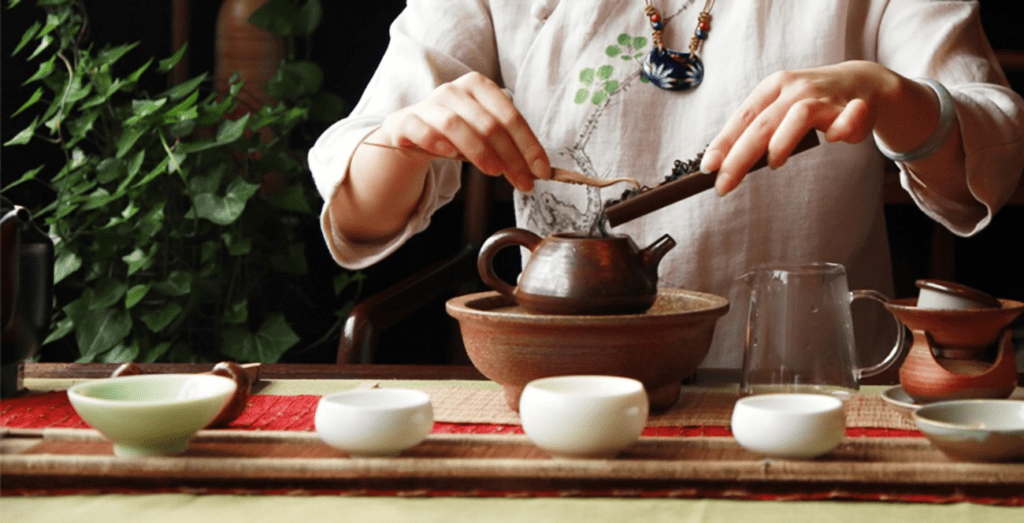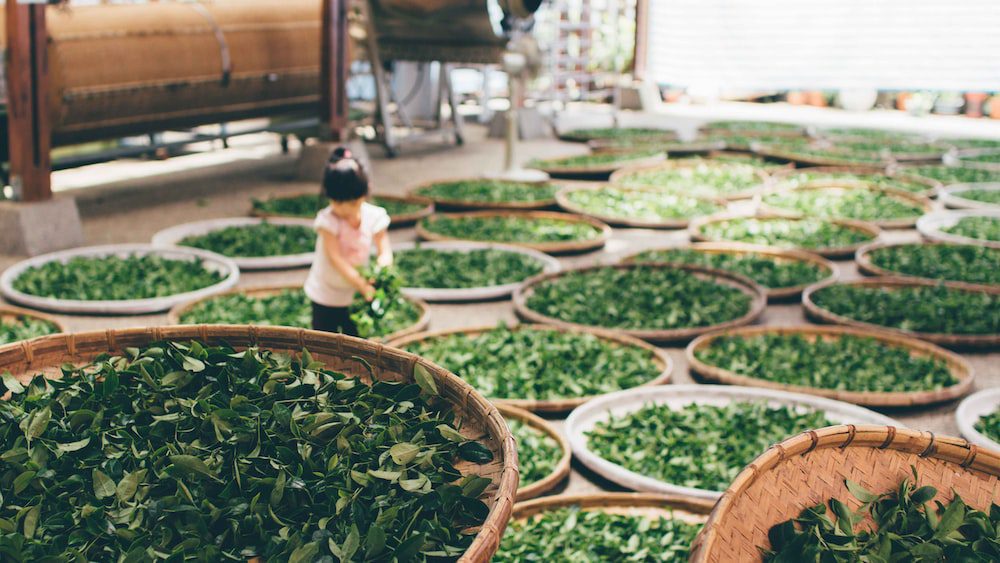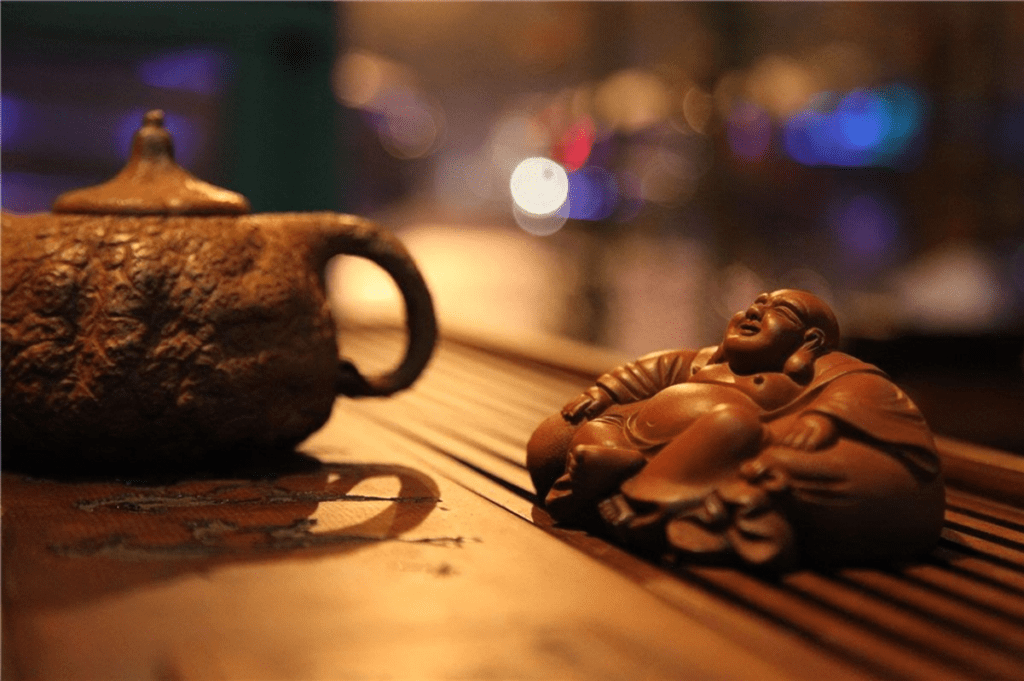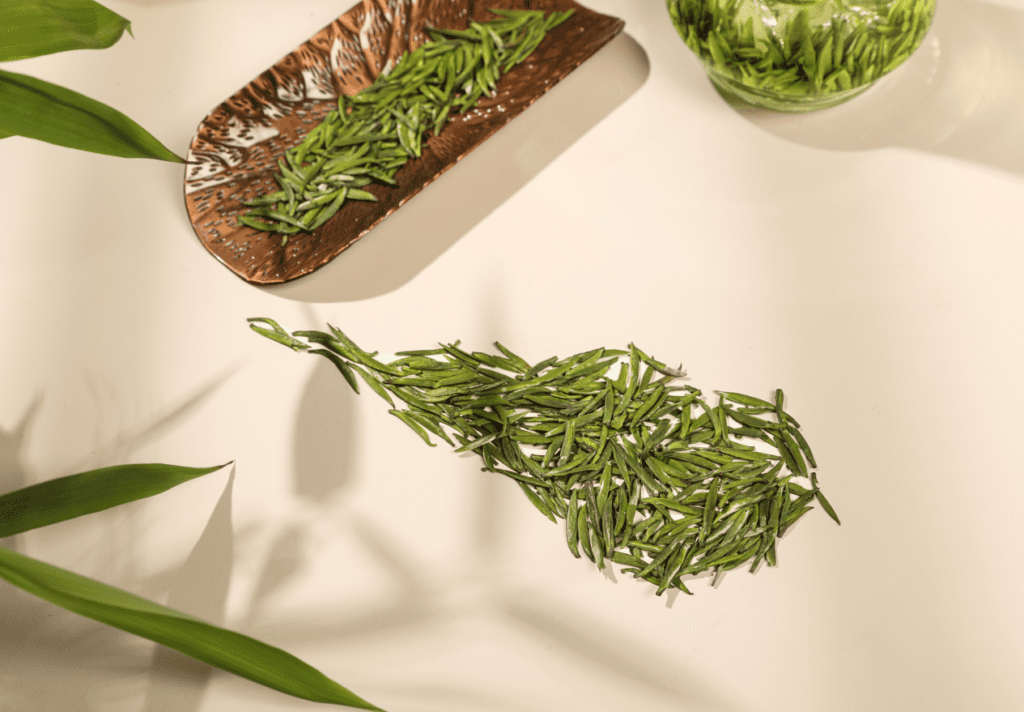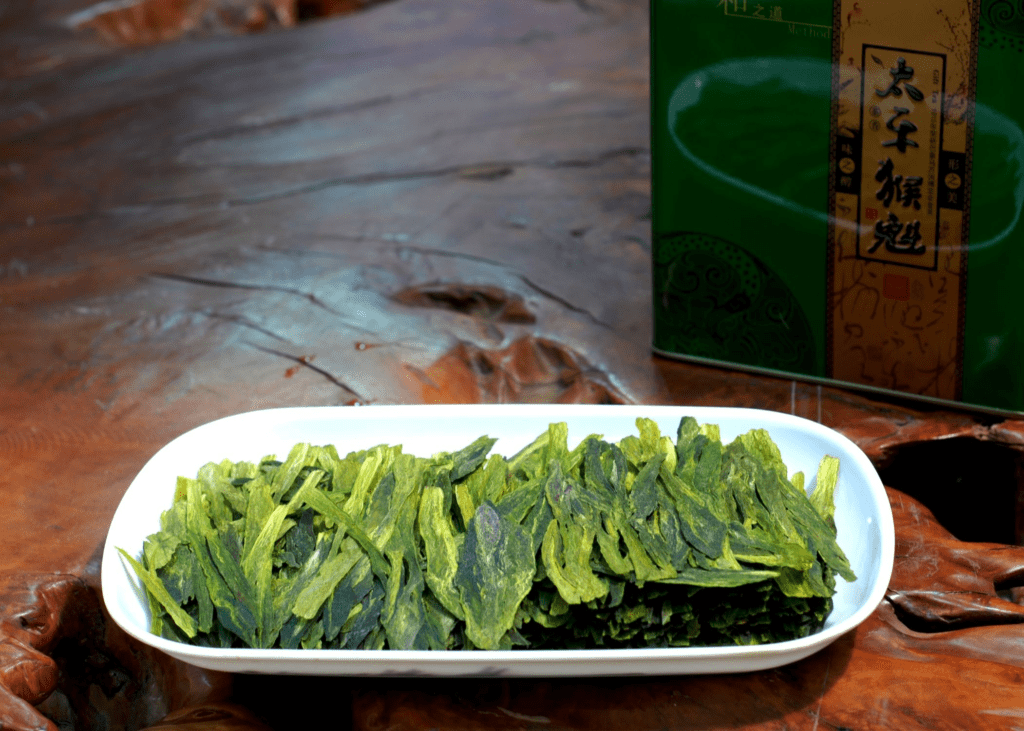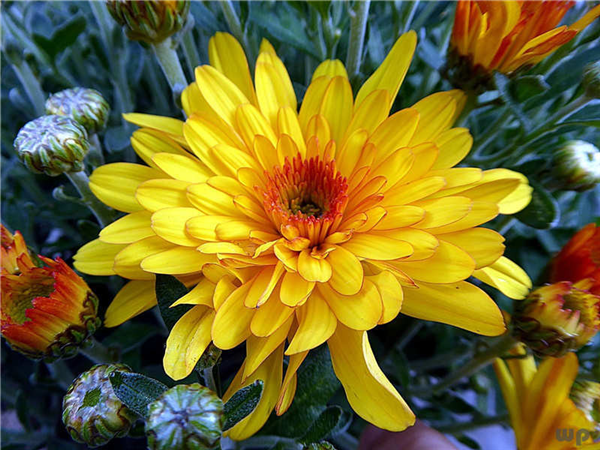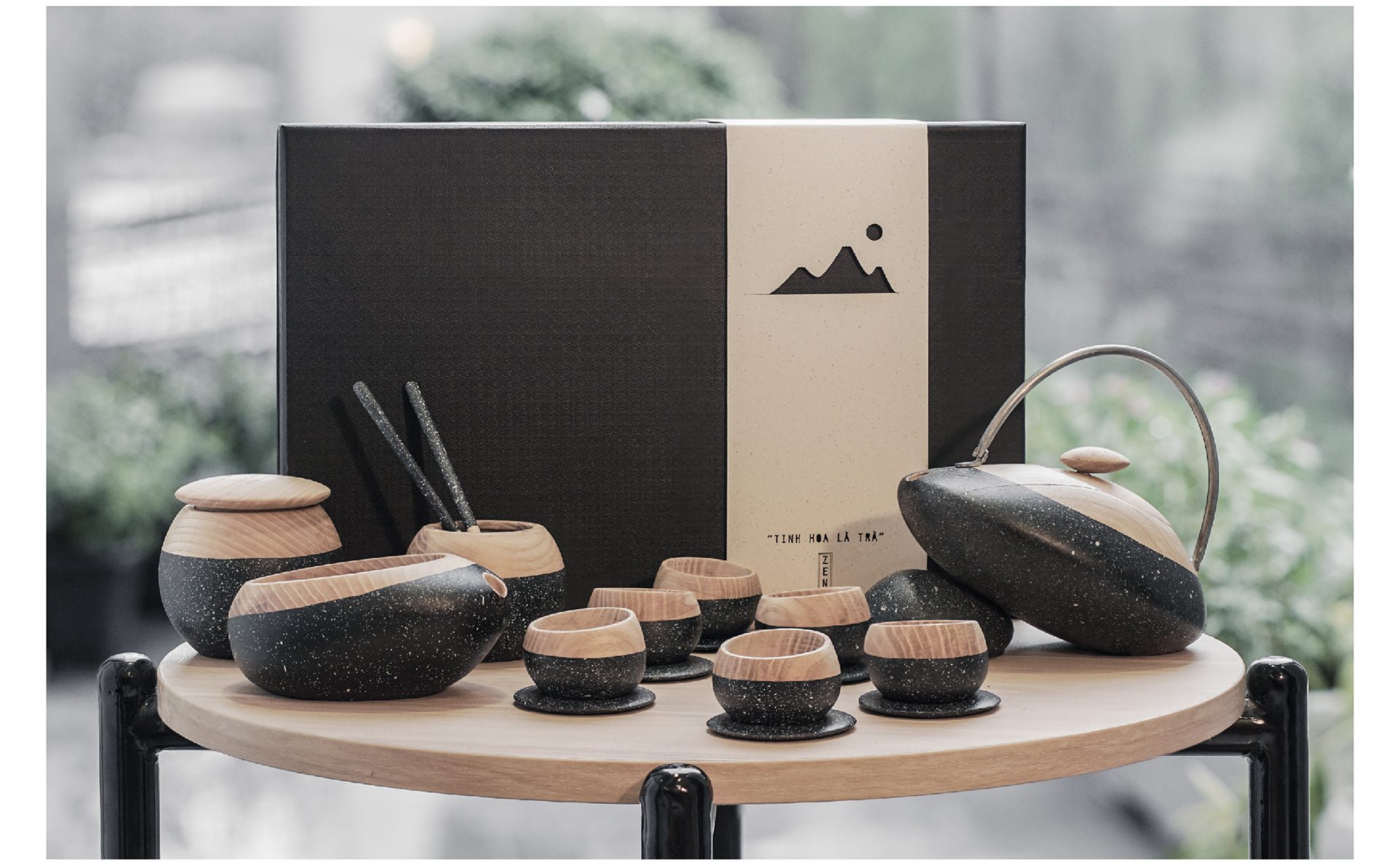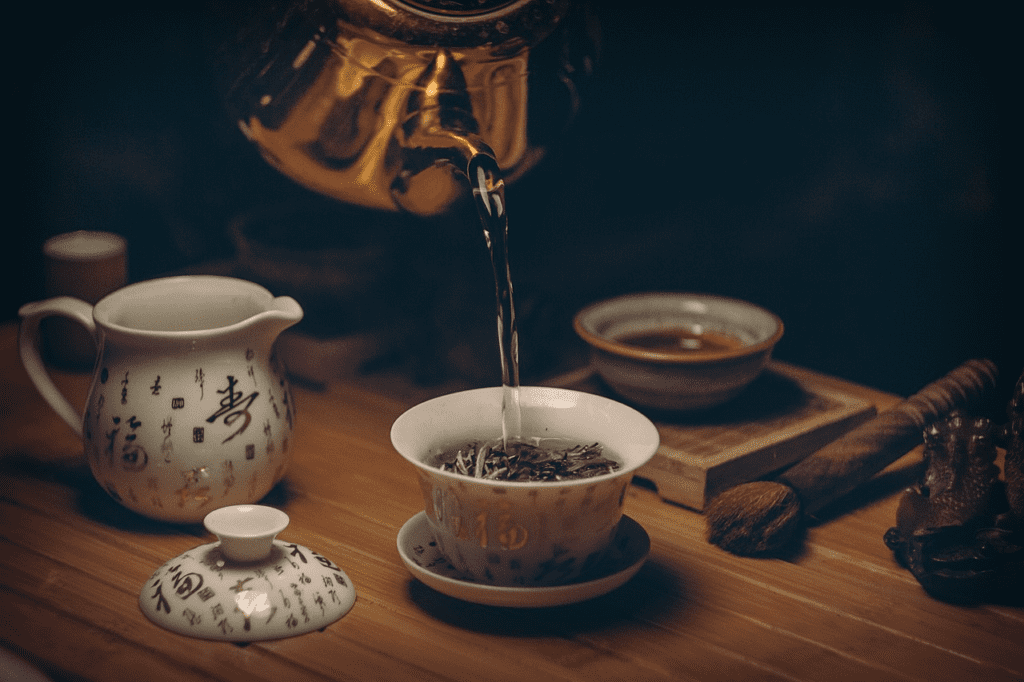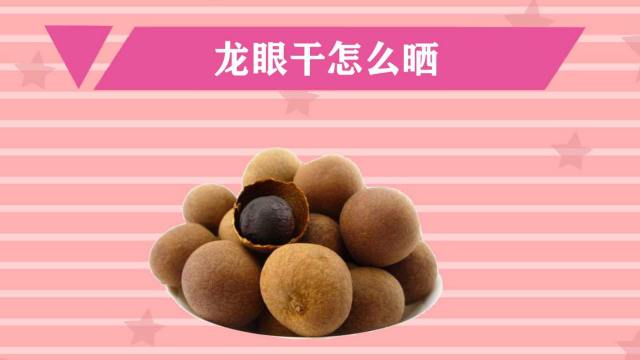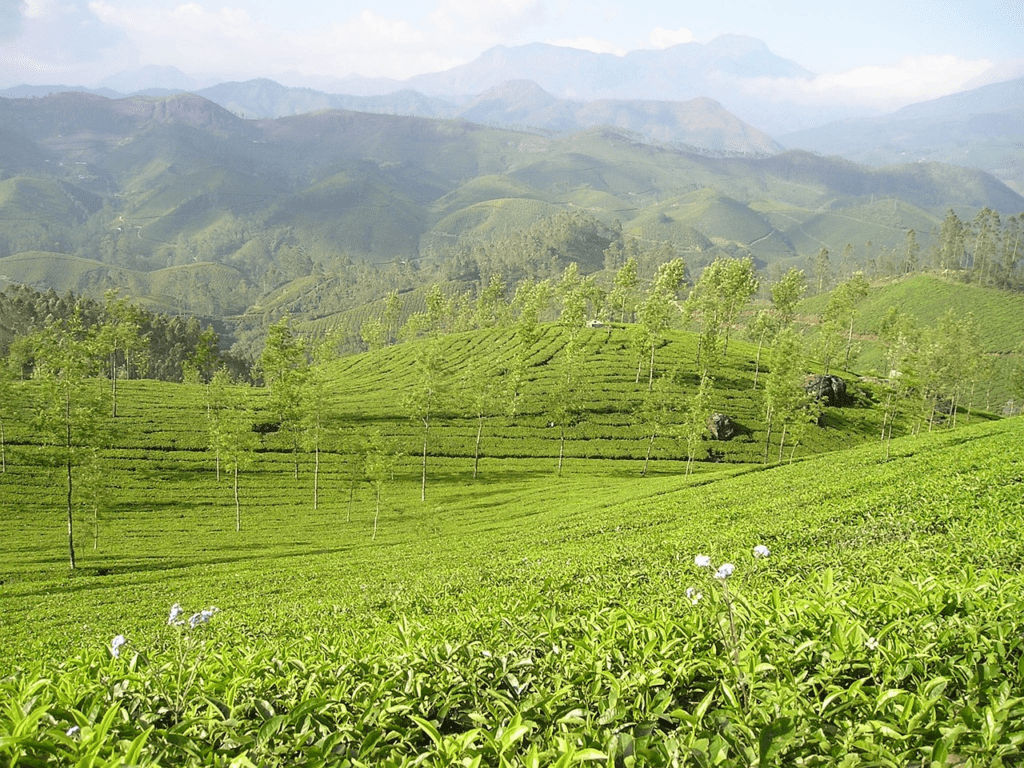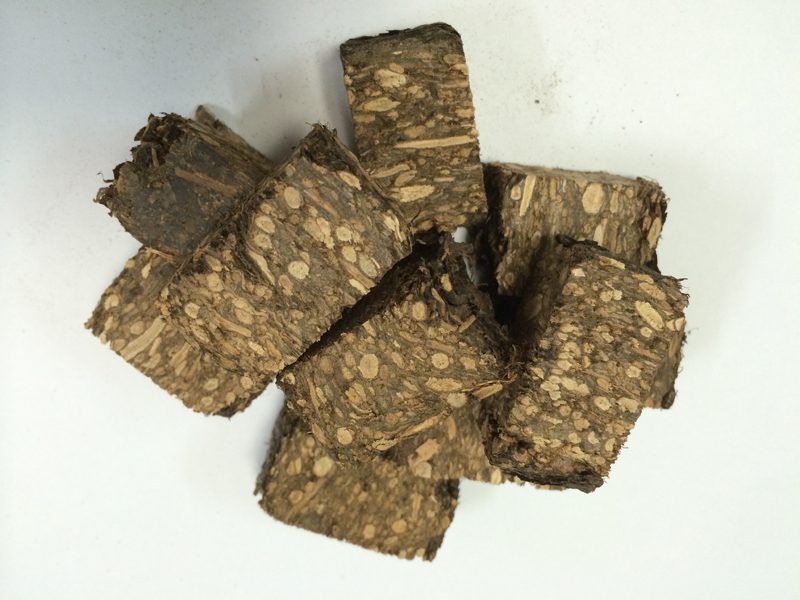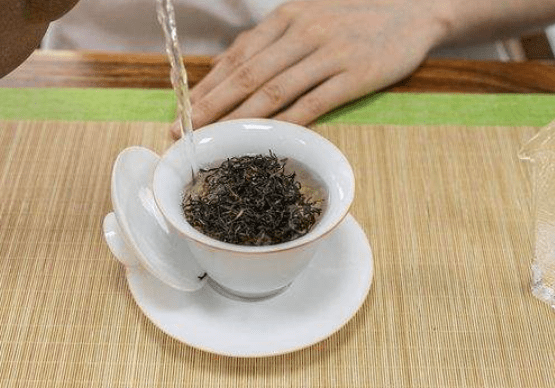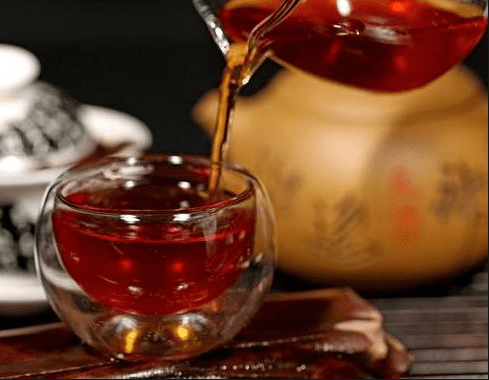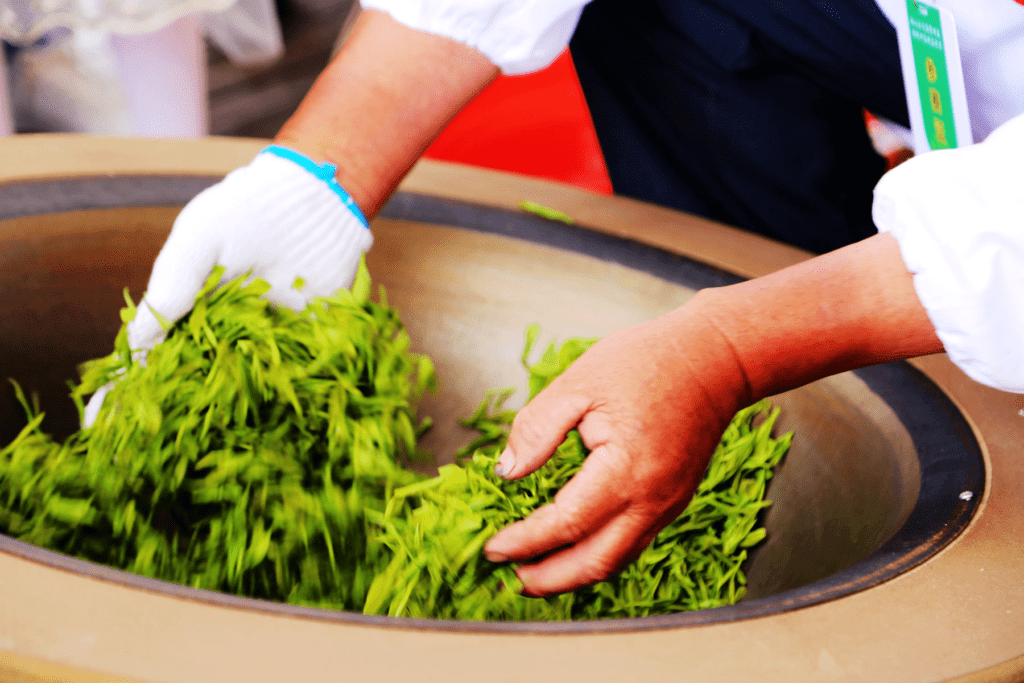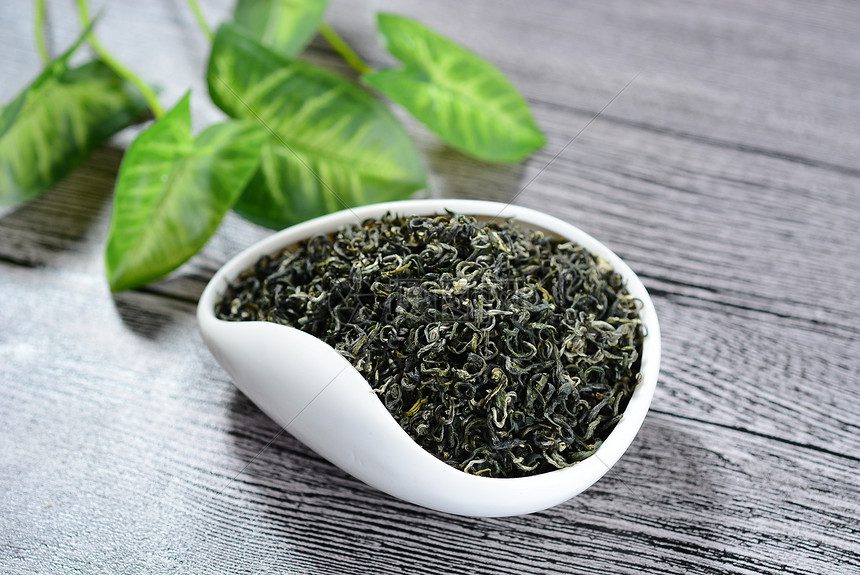arrange in order
Teaware in the Tea Scripture: Art and Utility in Ancient Chinese Tea Culture
The Tea Classic is a monograph on tea written by Lu Yu in the Tang Dynasty, which not only details the cultivation, production and drinking methods of tea, but also provides in-depth descriptions of the types and use of tea utensils. In this article, we will take you to understand the types of tea utensils mentioned in The Tea Classic, and their role in tea culture...
Song Dynasty Tea Culture: History, Technique and Modern Inheritance
The Song Dynasty, as a period of cultural prosperity in Chinese history, its tea culture is particularly developed, in which the tea-dotting method is an important part of the Song Dynasty tea culture. In this article, we will take you into the tea culture of the Song Dynasty, explore the historical origins of tea ordering, the characteristics of the technique and its inheritance and influence in modern times. I. Song ...
The Art of Making Tea: Introduction and Application of Different Techniques
Making tea is not only a daily beverage preparation, but also an art. Different brewing techniques can significantly affect the flavor and quality of the tea. In this article, we will introduce several common tea brewing techniques and how they apply to different types of tea. Basic Tea Making Techniques The basic tea making techniques include...
Tea culture of elegant and vulgar, elegant and vulgar appreciation of the Oriental flavor
Tea, as an important part of oriental culture, is not only a beverage, but also an art of living and a spiritual symbol. In China, tea culture has a long history, it combines the elements of elegance and vulgarity, and has become an indispensable part of people's daily life. In this article, we will take you deeper into the tea...
Ancient tea culture of elegant name and alias
Tea, as an important part of traditional Chinese culture, has been endowed with rich cultural connotations and various elegant names since ancient times. In ancient literature, tea has many names, but "tea" is the most formal name. Before the Middle Tang Dynasty, the word "tea" was usually written as "tian", and "tian"...
The Exquisite Life of Song Dynasty Tea Ceremony: The Art and Practice of Ordering Tea
The Song Dynasty, a dynasty known for its cultural prosperity in Chinese history, not only made remarkable achievements in politics, economy, science and technology, but also displayed a unique charm in culture, art and daily life. Among them, the flourishing of tea culture was particularly prominent, and tea ordering as an important...
Tea Table Etiquette: The Essence of Chinese Tea Culture
China, as a country with a long history of etiquette, has a profound and rich culture of etiquette. Tea table etiquette, as a part of tea culture, not only reflects the civilized quality of Chinese people, but also is an important etiquette in daily life. In China, treating guests with tea is a common and civilianized etiquette...
Ancient tea fight: the elegant competition of the literati
Tea-fighting, a popular activity in ancient times, may be unfamiliar to modern people, but in ancient times, it was an extremely popular cultural entertainment for the rich and the literati. Tea fighting, also known as fighting tea or tea war, originated in the Tang Dynasty, reached its peak in the Song Dynasty. The origin and flow of the tea fight...
Development of Tea Culture
The history of tea in ancient China goes back thousands of years, with the earliest records dating back to the Shang Dynasty. The ancients probably at first ate or chewed the tea leaves raw, and later on, as it evolved, they began to mix the tea with suet and add spices, which at this time cannot be said to be the art of tea in the modern sense of the word. The tea was stir-fried...
Appreciation of Zhao Lingji's Calligraphy Work "Tea Giving Post" in Northern Song Dynasty
Zhao Linggui, a famous lyricist in the late Northern Song Dynasty and early Southern Song Dynasty, was renowned for his profound literary attainments and calligraphic talents. His work, "The Invitation to Tea", now in the National Museum of Japan in Tokyo, is a precious cultural asset. Overview of the work The Post of Giving Tea is a work in running script, totaling fifty-seven...



